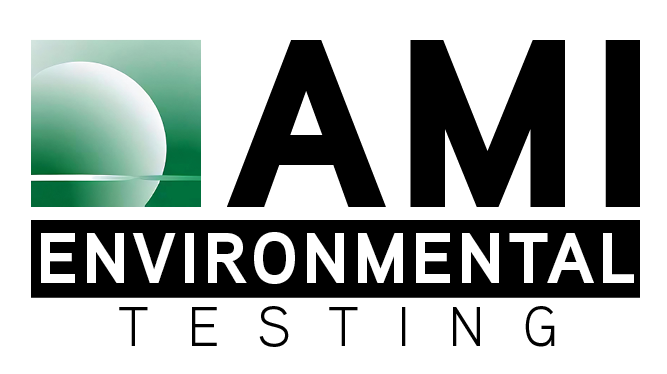When dealing with asbestos in various settings, understanding the definitions and requirements set by the EPA and OSHA is crucial for ensuring safety and compliance. Both agencies address asbestos, but their approaches and terminology differ slightly.
The Environmental Protection Agency (EPA) defines Regulated Asbestos-Containing Materials (RACM) as materials containing more than 1% asbestos that are subject to specific regulations under the Asbestos Hazard Emergency Response Act (AHERA). RACM includes any asbestos-containing materials that are being removed, encapsulated, or repaired. The EPA’s regulations focus primarily on managing and disposing of these materials to prevent exposure and environmental contamination.
In contrast, the Occupational Safety and Health Administration (OSHA) uses the term Presumed Asbestos-Containing Materials (PACM) in its standards. PACM refers to materials that are assumed to contain asbestos unless proven otherwise. Under OSHA’s guidelines, this presumption is crucial for protecting workers during renovation or demolition activities. OSHA mandates that if PACM is present, it must be treated as asbestos-containing material (ACM) until sampling and analysis prove otherwise.
The key difference between the two definitions lies in their specific regulatory focus. The EPA’s definition of Regulated Asbestos-Containing Materials (RACM) is centered on the management, removal, and disposal of materials that have been confirmed to contain more than 1% asbestos. On the other hand, OSHA’s concept of Presumed Asbestos-Containing Materials (PACM) is a precautionary approach used in the context of occupational safety. PACM refers to materials that are presumed to contain asbestos until proven otherwise through sampling and analysis.
In summary, while the EPA’s RACM regulations focus on known asbestos-containing materials and their management to prevent environmental and health risks, OSHA’s PACM requirements are designed to protect workers by assuming materials contain asbestos until proven otherwise. This distinction reflects the different priorities of environmental protection versus occupational safety.
Environmental consultants are irreplaceable when it comes to managing asbestos-related issues by providing specialized expertise and comprehensive services. AMI Environmental Testing provides asbestos testing, inspection, and management plans. Contact AMI Environmental Testing to learn more.



